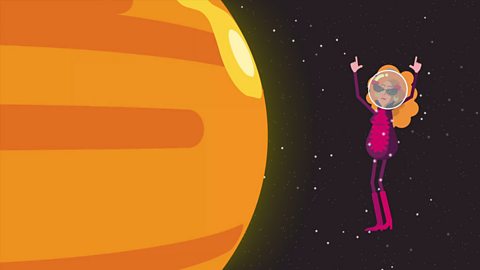Your time at the International Space Station (ISS) is at an end. Now you face one last test of your scientific skills and astronaut training - returning home alive.
You’ll have to get your speed and angle of descent spot on. To do this, you and your crew must understand how air resistance and gravity work.
Even if you get your calculations right, your capsule will glow white-hot under the tremendous heat of re-entry. Get them wrong, and it could melt or skim across the earth’s atmosphere, and be thrown out into space. Think you can handle the pressure?
Tim Peake and Fran Scott explain the science behind getting the astronauts back home. Archive: NASA
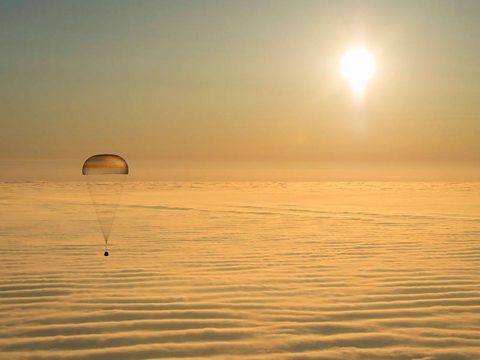
Too close for comfort
The moment of truth is here. You say goodbye to your ISS colleagues, enter your cramped Soyuz capsule and close the hatch. Ahead of you is the bumpiest journey of your life.
For the last week you’ve been rehearsing your undocking and descent procedures. The undocking sequence begins, and the hooks that connect the Soyuz to the ISS detach. As you drift away, mission control uploads the data your onboard computer needs to get home.
You monitor the descent angle closely as the de-orbit procedure begins to slow you down, the Soyuz separates into three parts, the explosive bolts slamming and banging like sledgehammers. Your descent module begins its re-entry. Its heat shield is working overtime.
At 8.5 km above ground level, the capsule’s huge parachutes start to open. You feel gravity dragging on your body as you come into land.
Welcome back to Earth!

Like to know more about the ISS, its astronauts, and the Earth they are orbiting? Then click below to discover some amazing facts about all three.
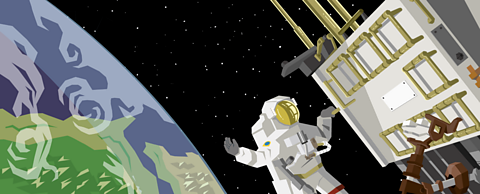
Bitesize Primary games. game
Play fun and educational primary games in science, maths, English, history, geography, art, computing and modern languages.

More on Earth and space
Find out more by working through a topic
- count14 of 14
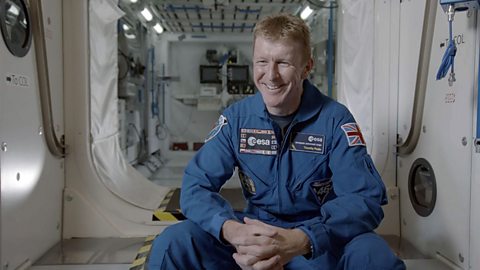
- count1 of 14
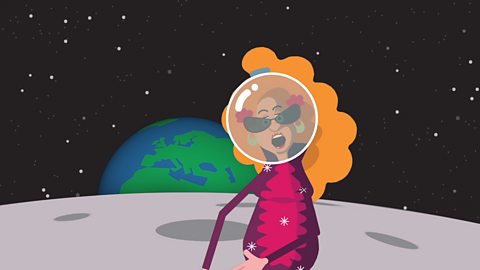
- count2 of 14
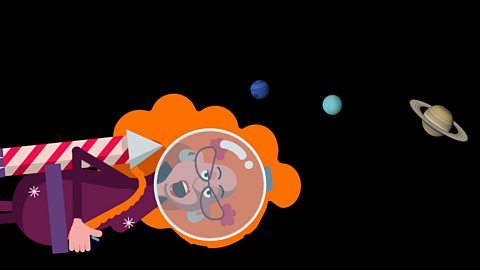
- count3 of 14
